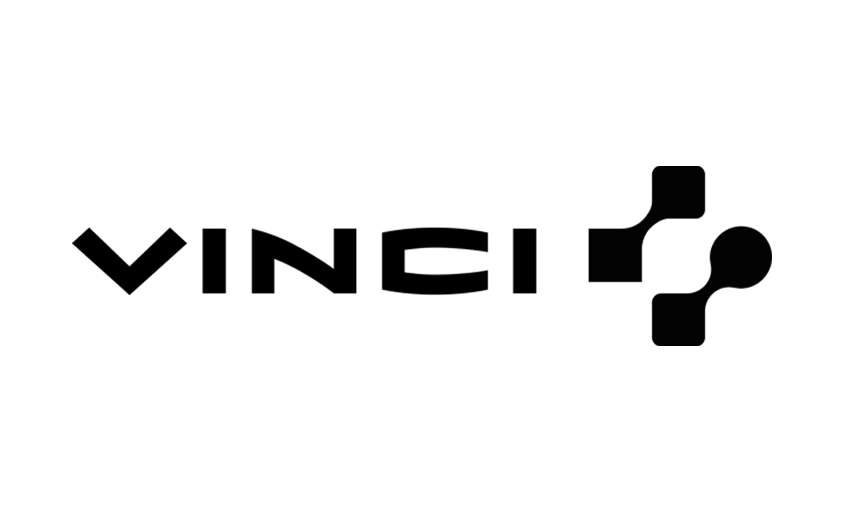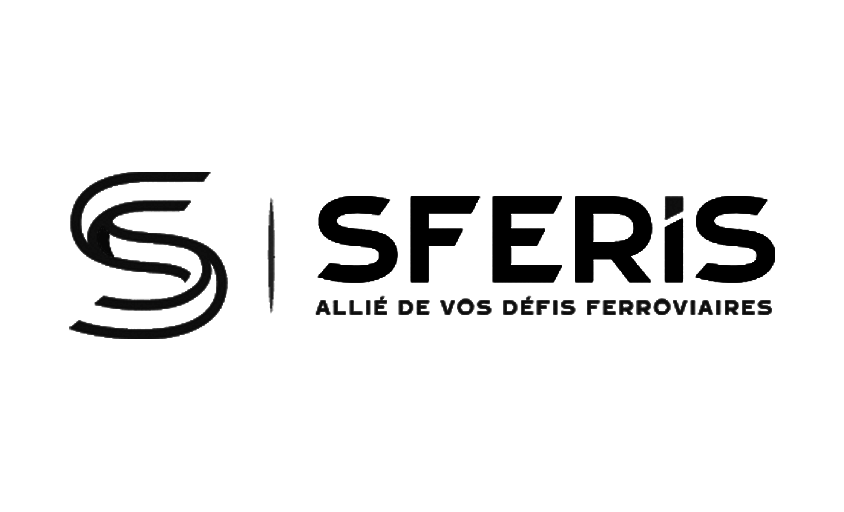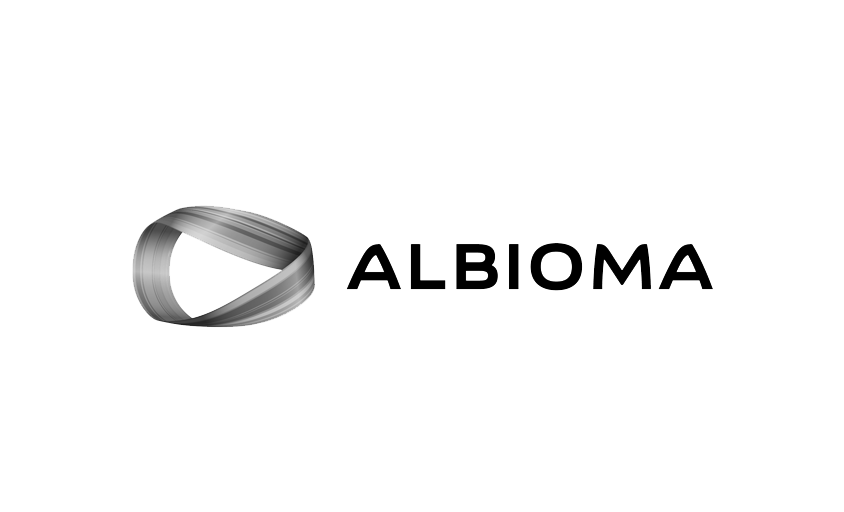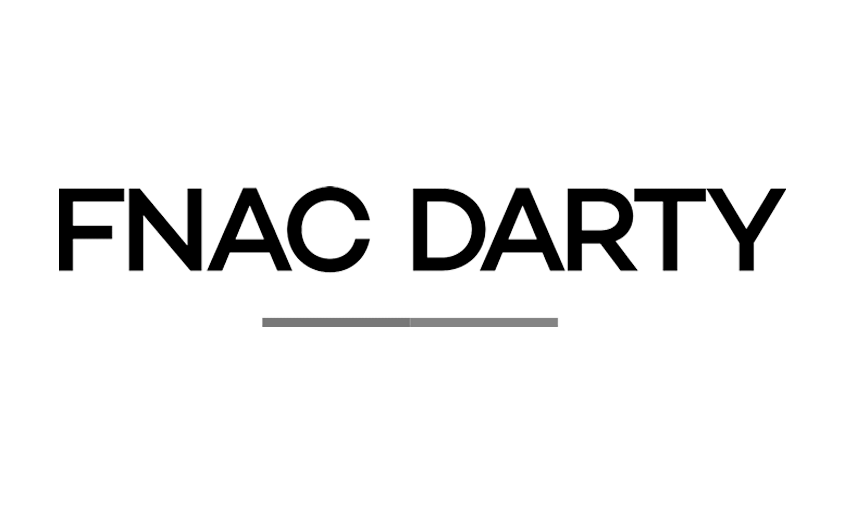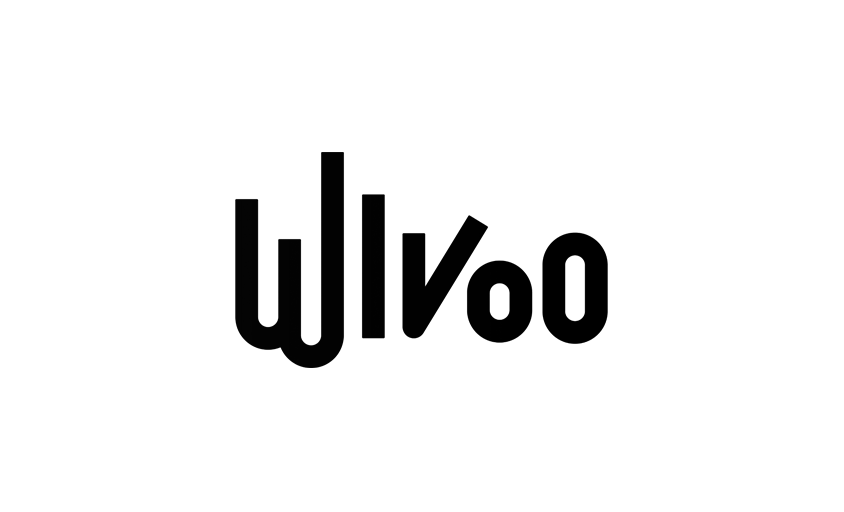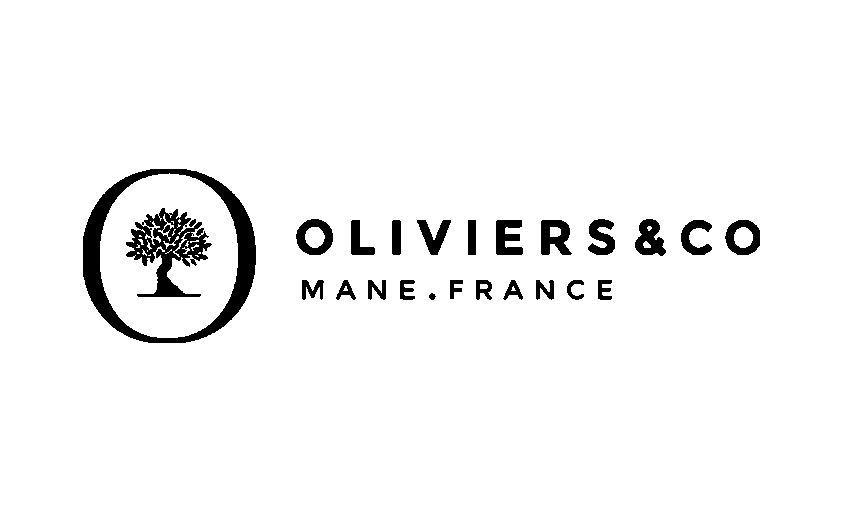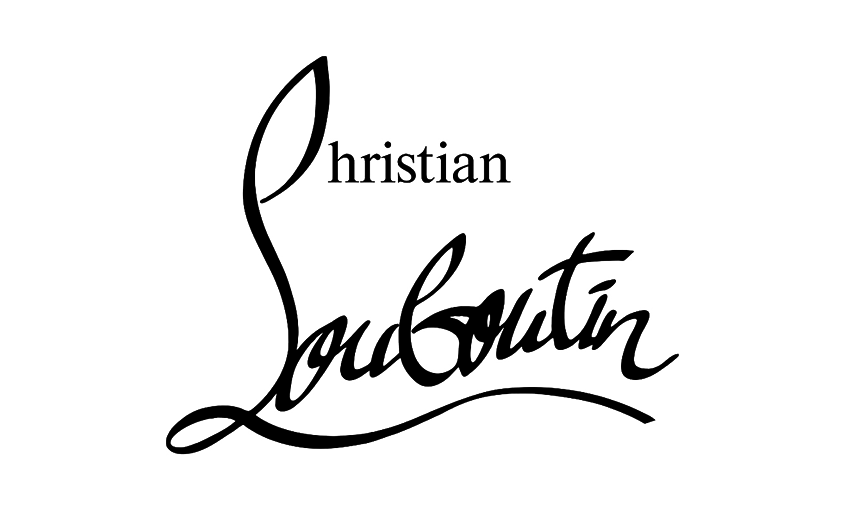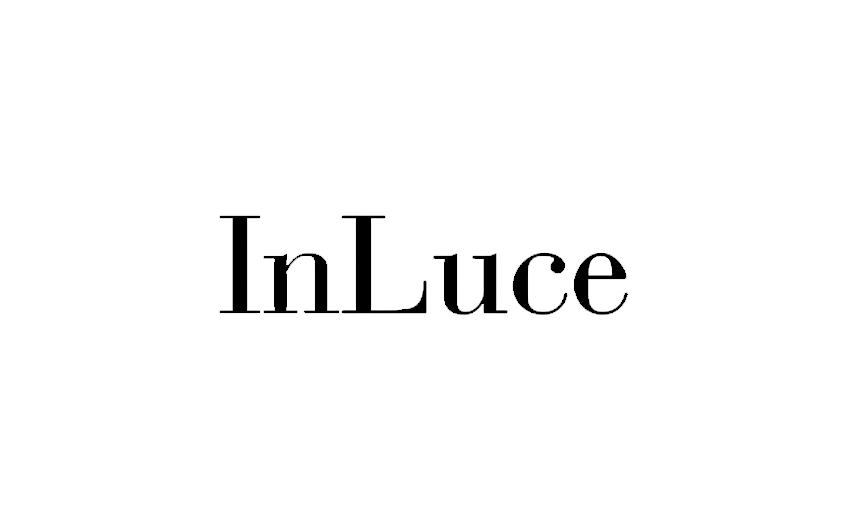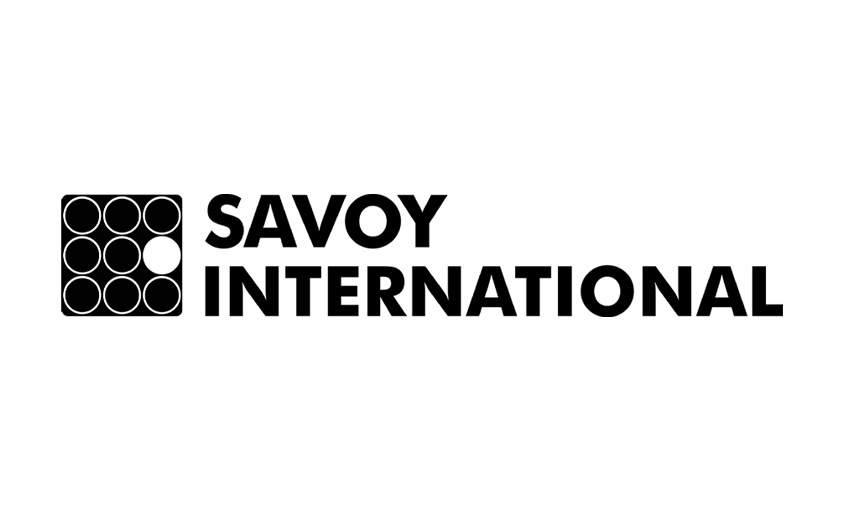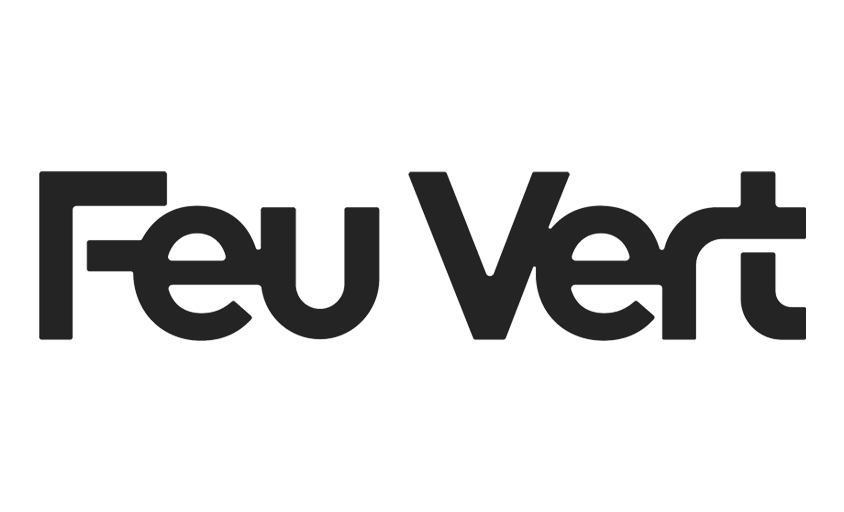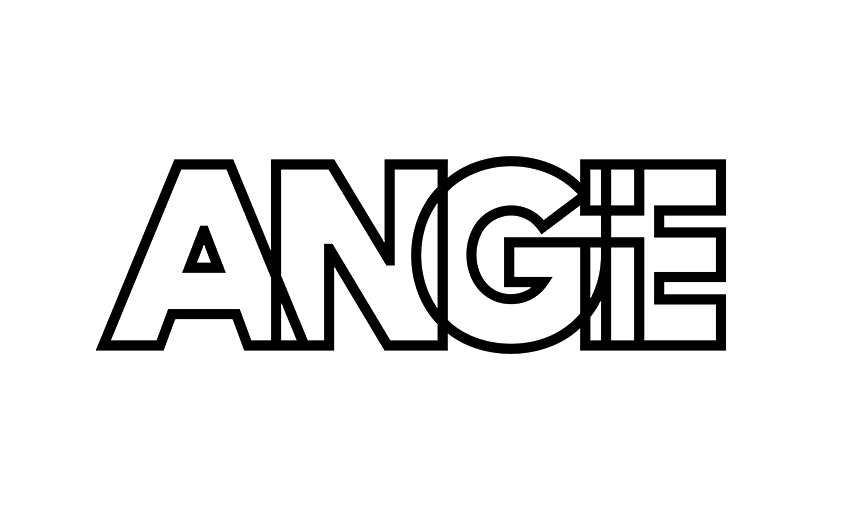Private Detectives and the Right to Image and Privacy
In this article :
Photography plays a central role in the activities of private investigation agents (PIAs), more commonly known as private detectives. These professionals are often called upon for private investigations or sensitive inquiries where the collection of visual evidence is essential. However, the use of photography in this context must comply with strict regulations to avoid violating individual rights. This article explores the use of photography by private detectives such as Ceripe, the legal and ethical framework surrounding it, and the challenges related to privacy protection.
1. Photography in the Context of Private Detective Work
Private detectives use photography to document and gather tangible evidence during their investigations. This can include photos of locations, people, or specific situations that may be relevant to a case. Investigations can vary widely, ranging from surveillance for marital infidelity cases to more complex inquiries into fraud or disappearances.
For this evidence to be admissible in court, photographs must be taken legally and without alteration. Detectives must therefore exercise particular care in how they capture these images, strictly adhering to applicable laws and ethical guidelines.
Private detectives may need to take different types of photographs depending on the nature of the investigation and the evidence required. Here are some common examples of the types of photographs they may take:
2. Image Rights, Right to Evidence, and Privacy Infringement
The work of a private detective (PD) often involves collecting evidence, including photographs, for clients seeking to defend their rights or prove certain facts. However, this activity must comply with a strict legal framework, respecting both privacy and image rights. Case law and regulations clearly define the conditions under which the right to evidence can justify an intrusion into these fundamental rights.
Legal and Jurisprudential Framework
Article E-27
According to Article E-27, reports from private detectives can be submitted in court “before any jurisdiction […] for the purpose of establishing the truth.” This means that evidence collected, including photographs, is admissible in court provided the rights of the individuals concerned are respected.
Cour de Cassation Ruling of February 25, 2016 (Case No. 15-12403)
The Cour de Cassation established clear limits on the right to evidence in relation to privacy and image rights in its ruling of February 25, 2016. According to this ruling, the right to evidence can only infringe on privacy and image rights if two conditions are met:
- Indispensability of Exercising the Right to Evidence
The evidence produced must be indispensable, meaning it could not have been obtained without infringing on the privacy of the concerned parties. This implies that employing a private detective and collecting photographs must be the only feasible way to obtain the necessary evidence. - Proportionality of the Means Employed
The methods used to exercise the right to evidence must be proportional to the purpose pursued by the client. This means that the intensity of the investigation (e.g., its duration, techniques used, number of people monitored) must be justified by the seriousness of the facts to be proven. An investigation disproportionate to the alleged facts will not be accepted.
Practical Application
The principle of proportionality is particularly crucial. Examples illustrating these principles include:
- Infidelity Investigations: If a client suspects a partner of infidelity, hiring a private detective for a limited, targeted surveillance may be considered proportionate. However, excessive surveillance over a long period without initial tangible evidence could be deemed disproportionate.
- Corporate Fraud Investigations: For complex fraud involving significant amounts, an in-depth investigation by a private detective may be justified. This could include several weeks of surveillance and coordination with various authorities to gather evidence.
- Minor Offenses or Small Infractions: For minor offenses, a heavy and costly investigation by a private detective would not be proportionate. For example, monitoring an employee suspected of taking excessively long breaks does not justify months of surveillance.
Respect for Fundamental Rights
Private detectives must constantly assess the necessity and proportionality of their actions to comply with the legal framework. Any unjustified violation of privacy and image rights can lead to the inadmissibility of evidence in court and sanctions against the detective.
Summary
Private detectives can collect evidence, including photographs, as part of their investigations, provided they strictly respect privacy and image rights. Indispensability and proportionality of the means employed are key criteria established by case law to evaluate the legitimacy of these actions.
3. The Boundary Between the Right to Evidence and Privacy and Image Rights
The boundary between the right to evidence and privacy and image rights is delicate and often subject to legal interpretation. The National Council for Private Security Activities (CNAPS), the regulatory body in France, provides an ethical framework that private detectives must follow.
The CNAPS Code of Ethics emphasizes respect for fundamental rights, including the right to privacy. It states that private detectives must act with discretion and proportionality, and may only use surveillance methods when there is a proven necessity for collecting evidence.
For example, in a divorce case, the collection of photographic evidence of infidelity must be justified and carried out without excessive intrusion into the private lives of those involved. Private detectives must assess whether collecting such evidence is essential to defending their client’s rights and ensure that it does not disproportionately infringe on the rights of other parties.
Conclusion
Photography is a powerful tool in the work of private detectives, but its use is governed by strict rules designed to protect individual rights. Detectives like Ceripe must navigate the line between the right to evidence and respect for privacy, following the ethical guidelines set by CNAPS. Vigilance and adherence to the law are essential to ensure that photographic evidence collected is not only relevant but also admissible in court.
Jérémy Carlo is the editorial director at Rétines, where he ensures the consistency and clarity of all content produced by the studio.
Our Clients
Let’s discuss
What we do for you at Rétines
Meticulous work, an organised project and fast delivery. And to achieve this, we mobilise the right resources in our teams at the right time.
01
Pre-production
Artistic and technical direction tailored to the project.
Relevant recommendations on content, form and resources.
02
Photo Shooting
Photos taken by our experienced photographers.
Production that’s controlled, efficient and tailored to the needs of the project, with nothing superfluous.
03
Retouching
Technique
Photographs magnified by our retouching team.
Post-production to meet the commercial challenges of the brief.

